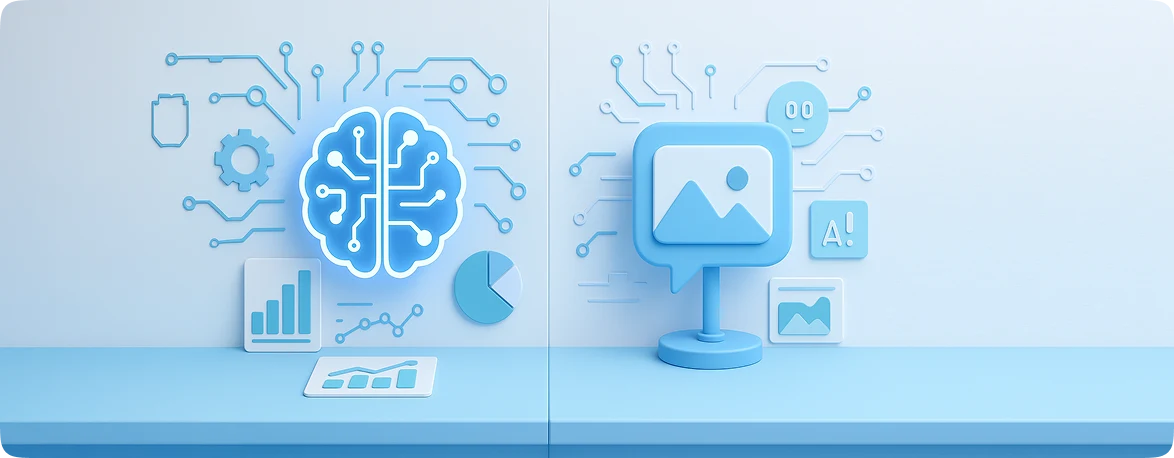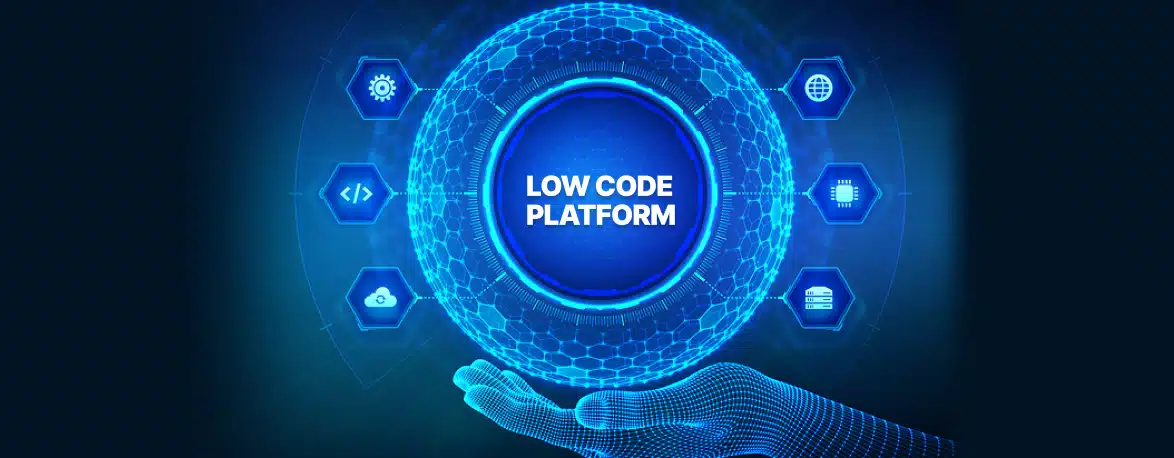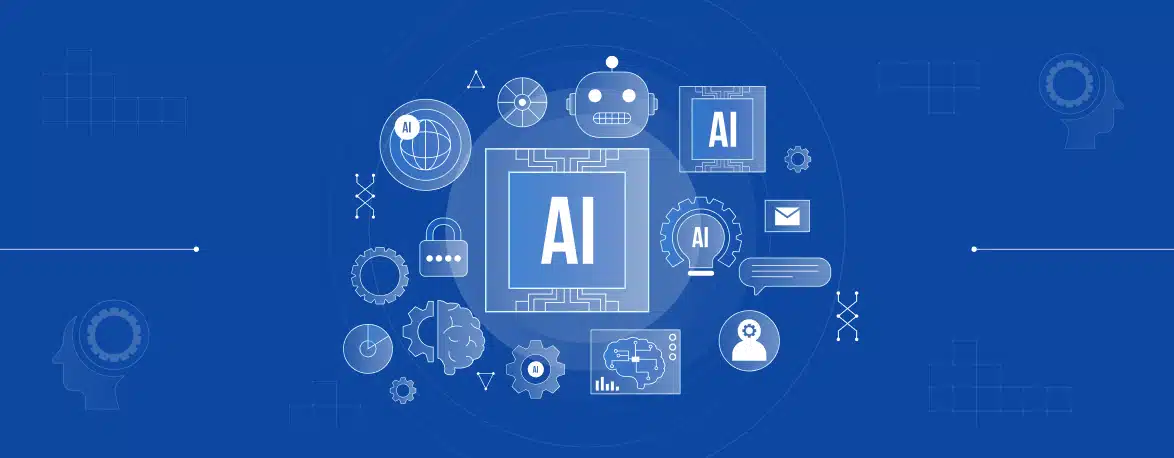- What Is Agentic AI?
- Different Use Cases of Agentic AI
- What Is Generative AI?
- Common Use Cases for Generative AI
- Agentic AI vs. Generative AI: Points of Difference
- Comparison Based on Sector-Specific Applications
- Industry Trends: What’s Driving Adoption of Generative AI and Agentic AI in 2025?
- The Rise of Hybrid Systems
- Final Thoughts
Artificial intelligence continues to redefine industries and become an indispensable tool in 2025. Among the many types of AI, two types gain more attention: Agentic AI and Generative AI. Though they both stem from machine learning technologies, they serve very different purposes.
Having knowledge about differences between these two helps organizations as well as individuals to make better decisions about which type of AI to deploy in various scenarios. In this blog post, we will explore what Agentic AI and Generative AI are, how they differ in structure and behavior, their use cases, and how a combination of both is shaping the future of intelligent systems.
What Is Agentic AI?
Agentic AI refers to artificial intelligence systems designed to operate with a high level of autonomy, proactively making decisions and taking actions to achieve specific goals. These systems don’t just wait for prompts or commands; they initiate tasks, monitor progress, and adjust their actions based on real-time feedback from the environment.
A key distinction of Agentic AI is its ability to behave like an agent—something that acts with purpose. Its purpose-driven nature allows agentic systems to interact dynamically with their surroundings, making them ideal for complex, real-world applications.
Key Features of Agentic AI:
- Autonomy: Operates without constant human input
- Goal-Oriented: Optimized to achieve set objectives
- Adaptability: Responds and adjusts to changing conditions in real time
- Persistent Execution: Stays active across longer cycles to see tasks through
Agentic AI examples include a self-driving car doesn’t just follow traffic rules. It constantly perceives, evaluates, and reacts to the pedestrians, other vehicles, and road conditions by making rapid decisions to ensure safe and effective travel.
Different Use Cases of Agentic AI
Agentic AI is increasingly being embedded in systems that require continuous learning and real-time responsiveness:
- Autonomous Vehicles: These navigate urban environments, make split-second decisions, and adjust to unpredictable traffic conditions.
- Robotics in Healthcare and Manufacturing: Robots perform surgeries, move packages, and manage inventory with minimal oversight.
- Smart Infrastructure: AI agents detect anomalies in IT systems, trigger preventive maintenance, or manage energy distribution in smart grids.
- Digital Personal Assistants: More advanced than basic chatbots, these AI agents manage schedules, automate emails, and carry out multi-step plans.
Agentic AI operates independently and persistently reduces the need for constant human monitoring by improving efficiency across industries.
What Is Generative AI?
Generative AI is designed to create new content by learning patterns from massive datasets. It excels in producing outputs such as text, images, code, and audio based on learned representations of data. Rather than taking physical action, generative models work within digital spaces, making them powerful tools for creativity, communication, and automation.
These systems often rely on architectures like Transformer-based models (e.g., GPT), GANs (Generative Adversarial Networks), or diffusion models. The outputs they generate can range from conversational text to hyper-realistic visuals, enabling a broad range of applications.
Key Features of Generative AI:
- Content Creation: Capable of generating text, art, music, and more
- Data-Driven Learning: Learns from vast datasets to mimic human creativity
- Interactive: Responds to prompts and can tailor content to context or preferences
- Scalable: Enables mass production of personalized content at low cost
Well-known examples include ChatGPT, which generates human-like responses; DALL·E, which creates images from text prompts; and GitHub Copilot, which assists developers by writing code snippets.
Common Use Cases for Generative AI
Generative AI is widely used in industries where digital content plays a central role:
- Customer Service: Automates responses in chatbots, emails, and help centers
- Marketing and Design: Produces copy, ads, visuals, and social media posts
- Software Development: Suggests or writes code, generates documentation
- Entertainment and Media: Writes scripts, creates visuals, composes music
- Education: Builds quizzes, learning modules, or personalized tutoring content
Its strength lies in enabling rapid creation of high-quality outputs, often personalized to individual users or markets.
Agentic AI vs. Generative AI: Points of Difference
While both forms of AI rely on advanced machine learning, their core objectives and capabilities differ highly.
Comparison Based on Sector-Specific Applications:
Healthcare:
- Generative AI: Generates discharge summaries, medical content, patient education material
- Agentic AI: Powers surgical robots, ICU patient monitoring agents, clinical workflow automation
Finance:
- Generative AI: Automates customer communication, prepares summaries of reports, simulates investment scenarios
- Agentic AI: Detects fraud, optimizes trading decisions, manages automated financial advisors
Manufacturing:
- Generative AI: Designs product blueprints, simulates production line scenarios
- Agentic AI: Manages robotic assembly lines, predicts equipment failures and initiates repairs
Transportation:
- Generative AI: Creates training materials, route instructions, or reports
- Agentic AI: Operates autonomous logistics, navigates vehicles, manages smart traffic systems
Education:
- Generative AI: Produces quizzes, learning paths, essays, and summaries
- Agentic AI: Personalizes learning experiences, recommends content, manages scheduling and grading
Each form of AI brings complementary strengths that can be applied differently based on industry needs.
Industry Trends: What’s Driving Adoption of Generative AI and Agentic AI in 2025?
As organizations seek greater automation, efficiency, and personalization, the roles of both Agentic and Generative AI are expanding. Several key trends are shaping the adoption of these technologies:
- Digital Transformation: Companies are investing in AI to streamline workflows and gain a competitive advantage.
- AI-as-a-Service Platforms: Tools like OpenAI’s API and Microsoft Azure make it easier to integrate Generative and Agentic AI into existing infrastructures.
- Regulatory Evolution: Governments are introducing clearer AI guidelines, making adoption safer and more structured.
- Hardware Acceleration: Advancements in GPUs and edge computing allow agentic systems to operate in real time across distributed networks.
These trends are helping businesses leverage AI development services for outcomes that are more effective and at scale.
The Rise of Hybrid AI Systems
The future of AI isn’t just Agentic or Generative—it’s both. Many of the emerging systems nowadays combine elements from both worlds to form hybrid AI models that are not only intelligent but also action-oriented.
For example:
- AI-Powered Personal Assistants: These might write emails (generative), schedule meetings, and follow up with reminders (agentic).
- Healthcare Assistants: Draft discharge summaries (generative) and initiate further diagnostics or treatment planning (agentic).
- Customer Engagement Bots: Generate personalized content (generative) and optimize timing or delivery channels (agentic).
These integrated systems can initiate, create, and act, offering unprecedented efficiency, customization, and scalability.
This convergence is driving a shift toward AI ecosystems, where generative capabilities fuel content and insights, while agentic behaviors drive action and outcomes.
Final Thoughts
Agentic AI and Generative AI are not competing technologies—they’re complementary tools that reflect different aspects of intelligence. Understanding their core functions, benefits, and limitations allows organizations to choose (or combine) them well.
In 2025 and beyond, businesses that strategically adopt both will be best positioned to innovate. Agentic AI brings action; Generative AI brings expression. Together, they enable intelligent systems that not only think and create but also decide and do.
Whether you’re deploying AI in healthcare, finance, education, or logistics, the matter isn’t just what AI can do, it’s what kind of intelligence you need.




